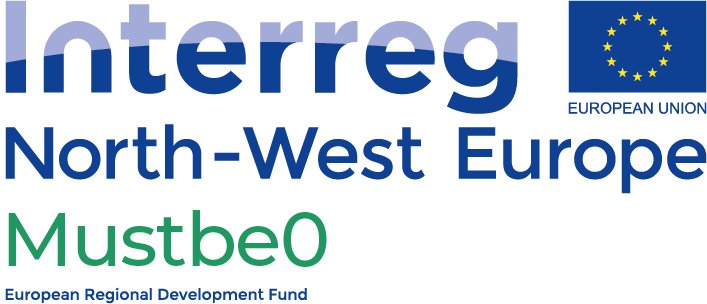What do an extended reality student, a journalist and an architects’ firm have in common?
Don’t worry, it’s not the start of a bad joke. Instead, it’s a taster of the diverse attendee list from our hackathon last week.
Bringing together students and professionals across sectors, backgrounds, age groups and even countries, we had one aim: catalyse concepts for making retrofit more scalable and appealing.
What’s in a hack?
Today’s IPPC report says we must halve emissions by 2030 if we are to stand a chance of limiting warming to 1.5 degrees. Without retrofit, we will not achieve our climate goals. It’s a simple as that.
We desperately need to find solutions to decarbonise our homes that can be scaled quickly. Yet currently, these don’t exist.
We believe that we need to shake up the sector – bringing in new ideas, new people and new ways of thinking to create an industrialised, efficient industry that’s well-resourced, focused on performance, and fit for the future.
So this was reflected in the hackathon challenge: to come up with net zero concepts for different housing archetypes that draw on digital technologies to make retrofit more appealing to people or easier for the sector to implement.
Each team had a different archetype with a specific ‘pain point’ outlined, along with some other prompts.
As with any good hackathon, the ideas that emerged went in quite a few different directions with this brief. But they all had one thing in common: an absolute focus on cracking the retrofit challenge.
